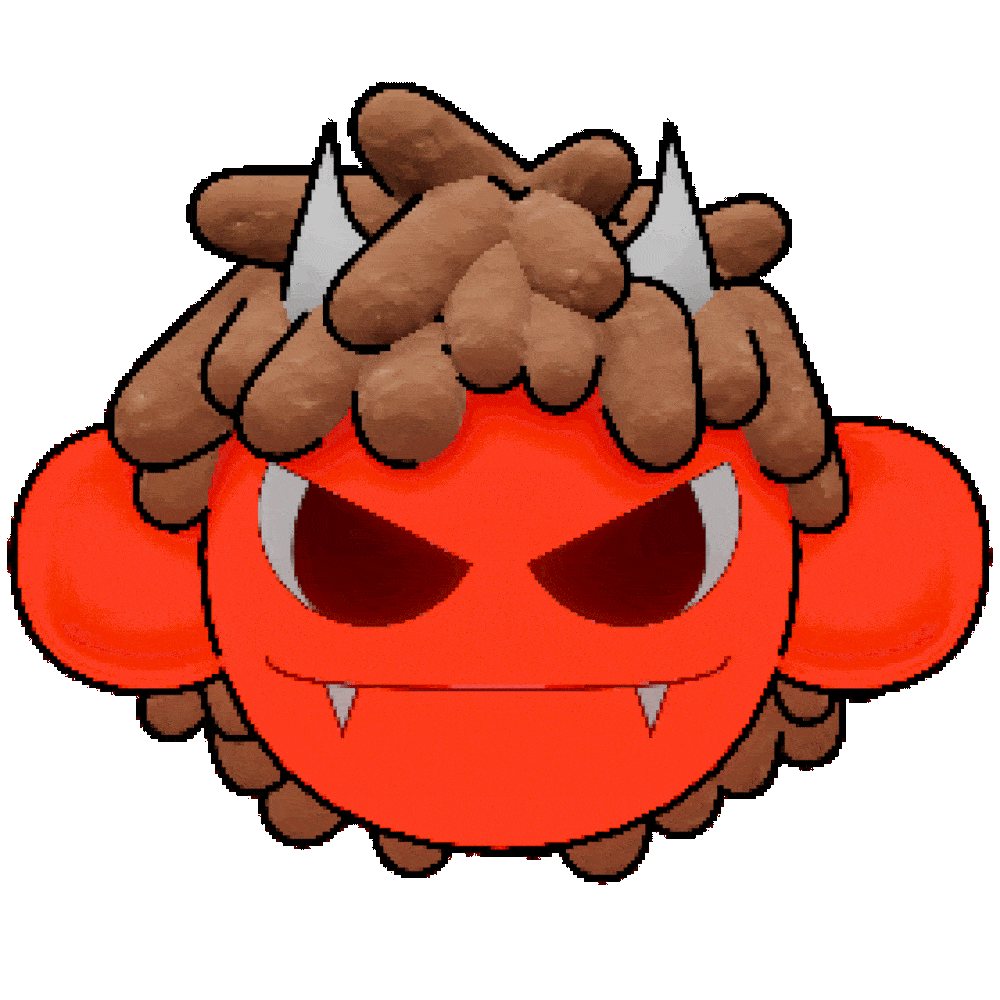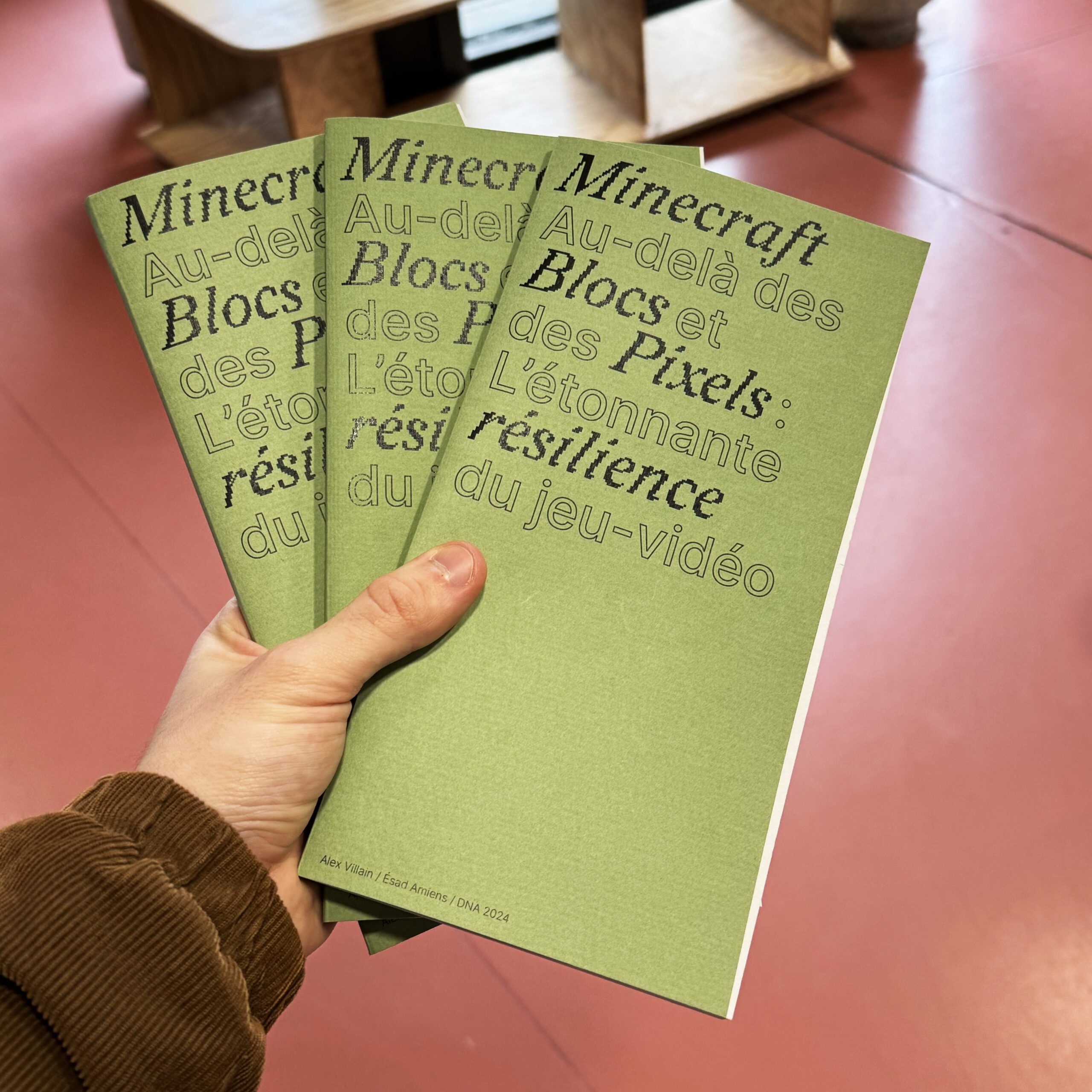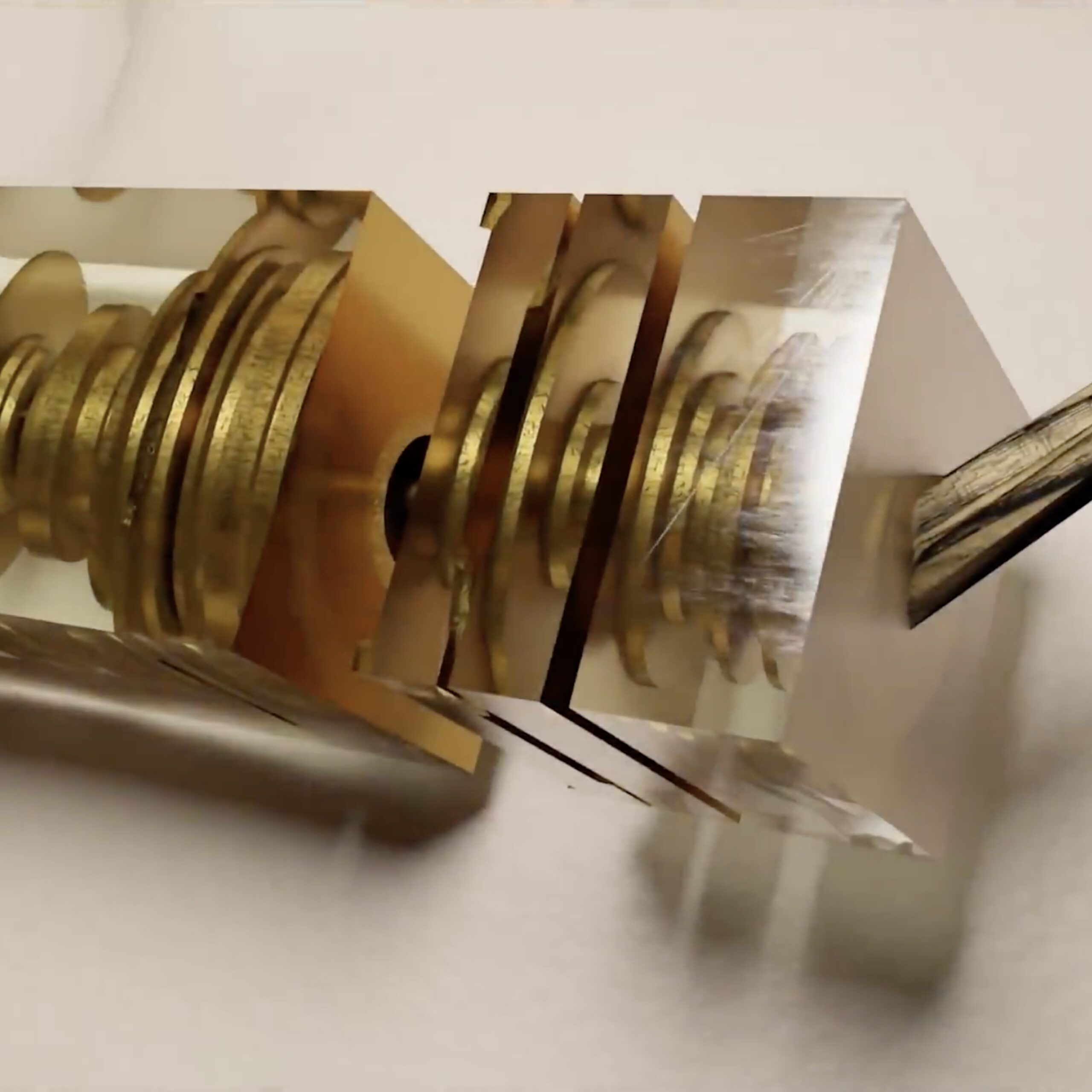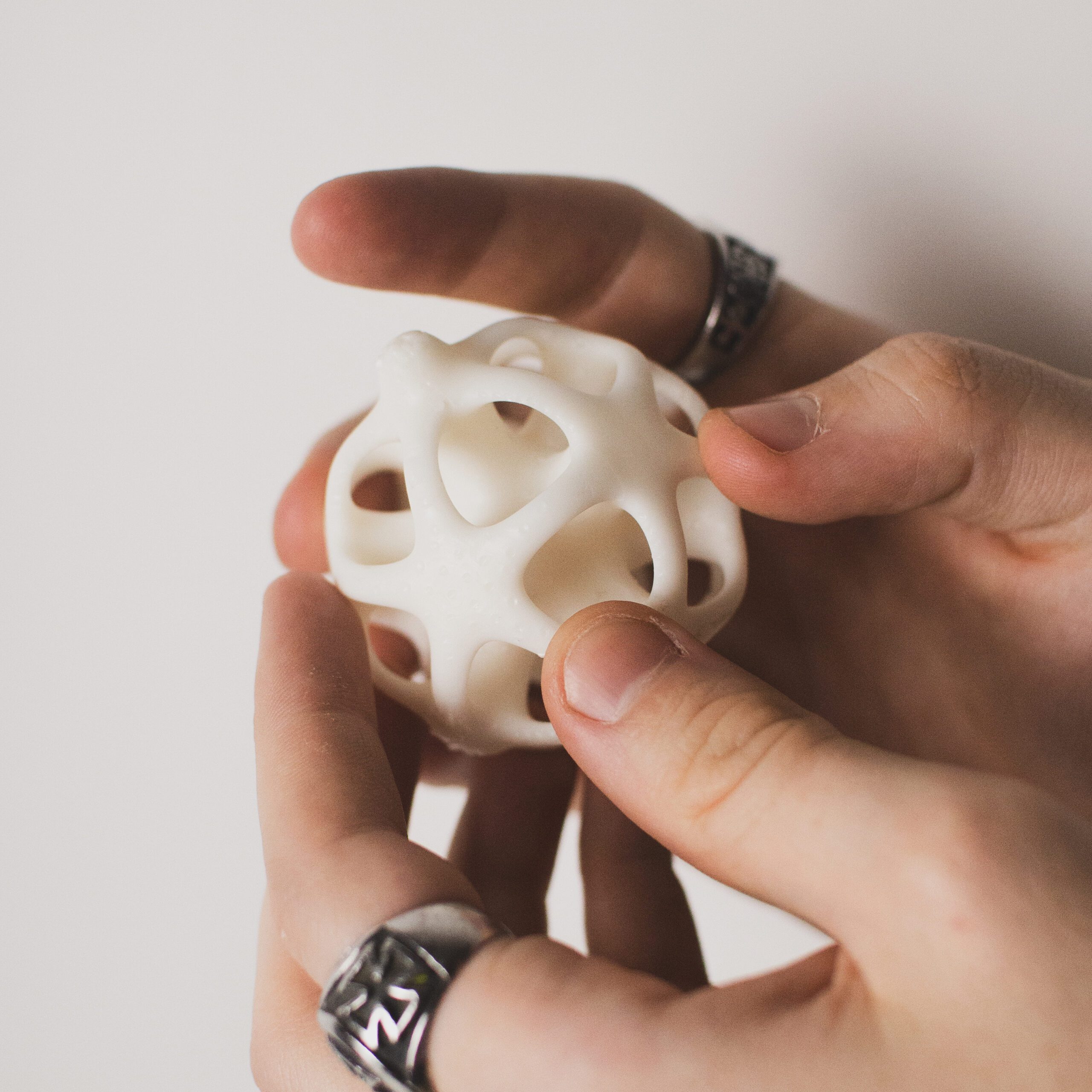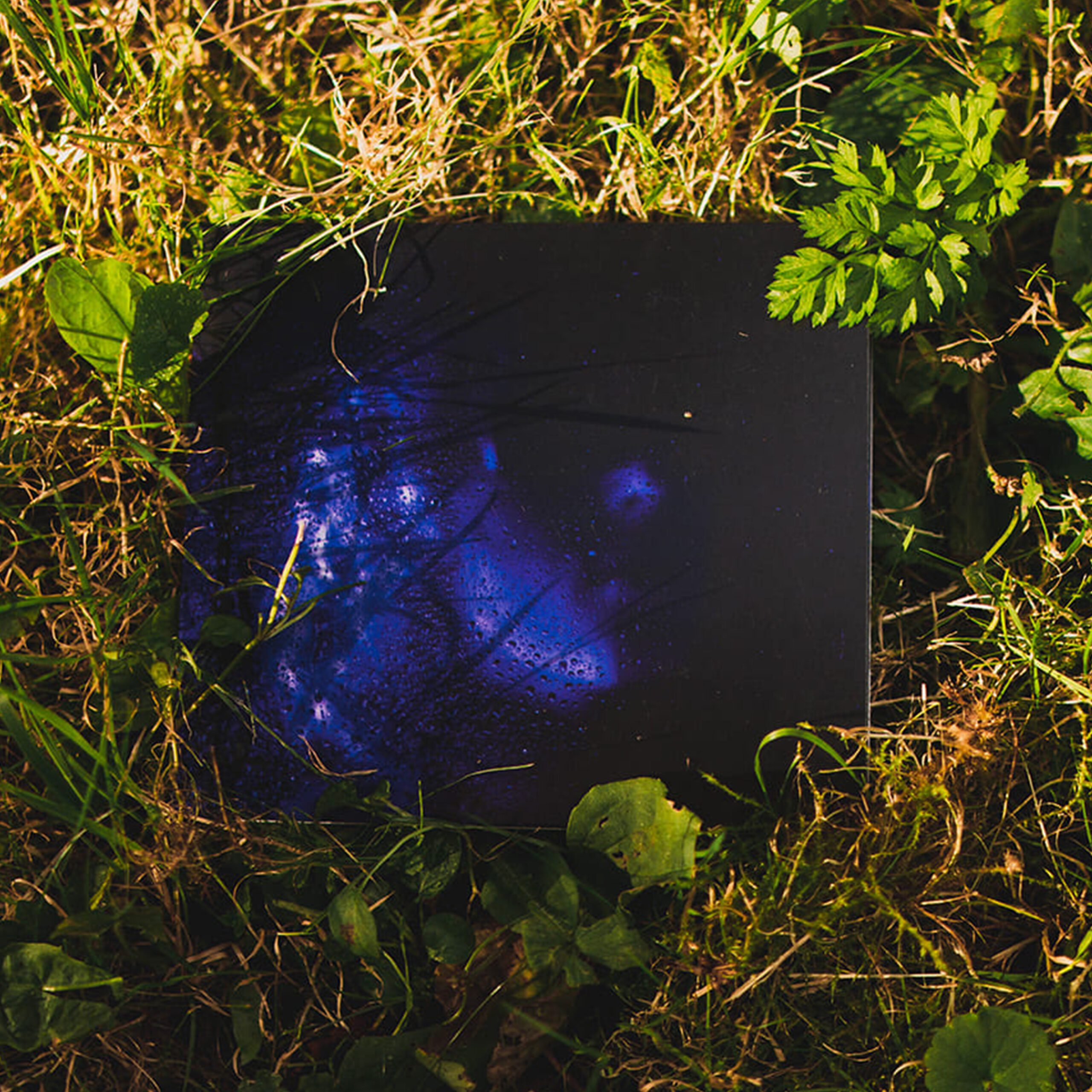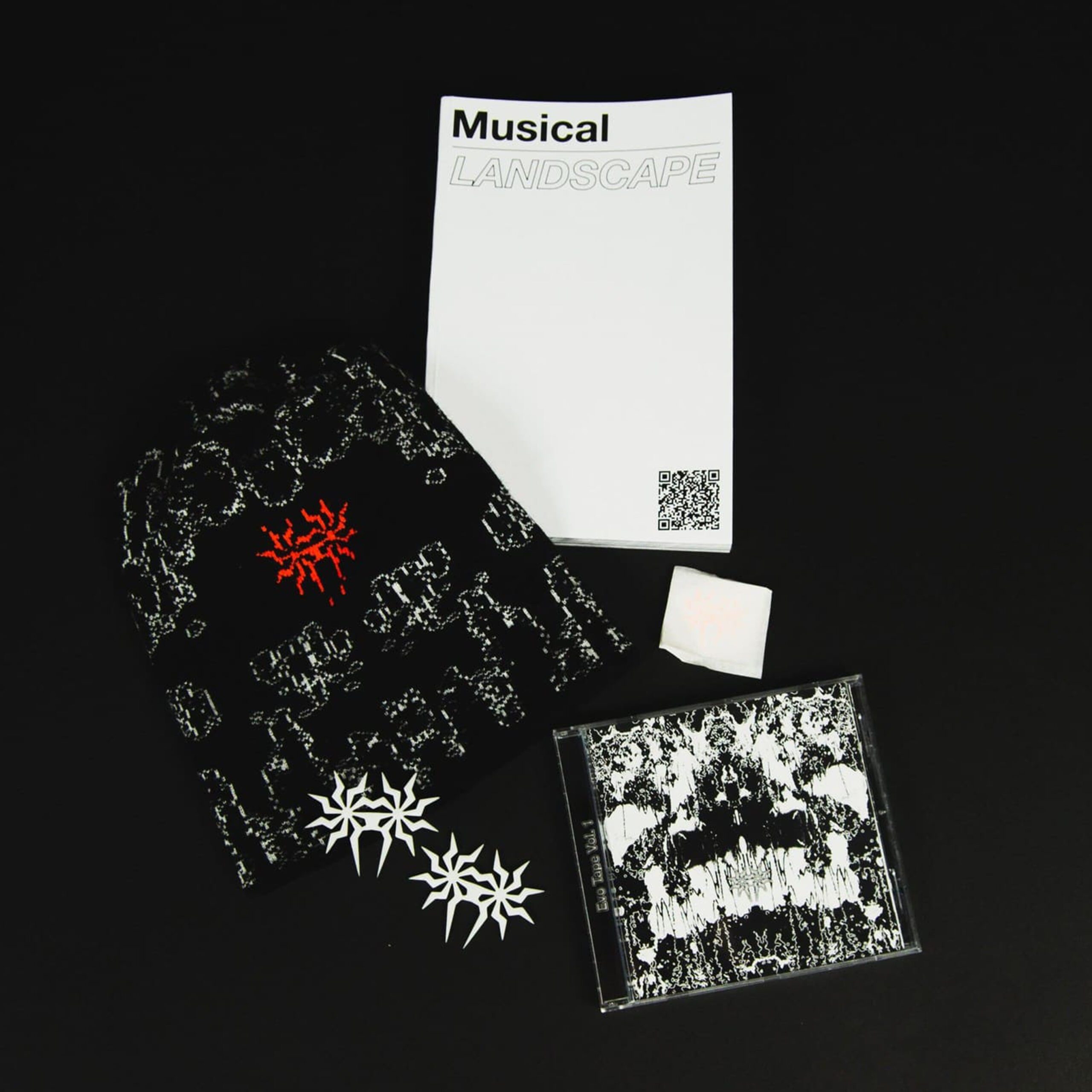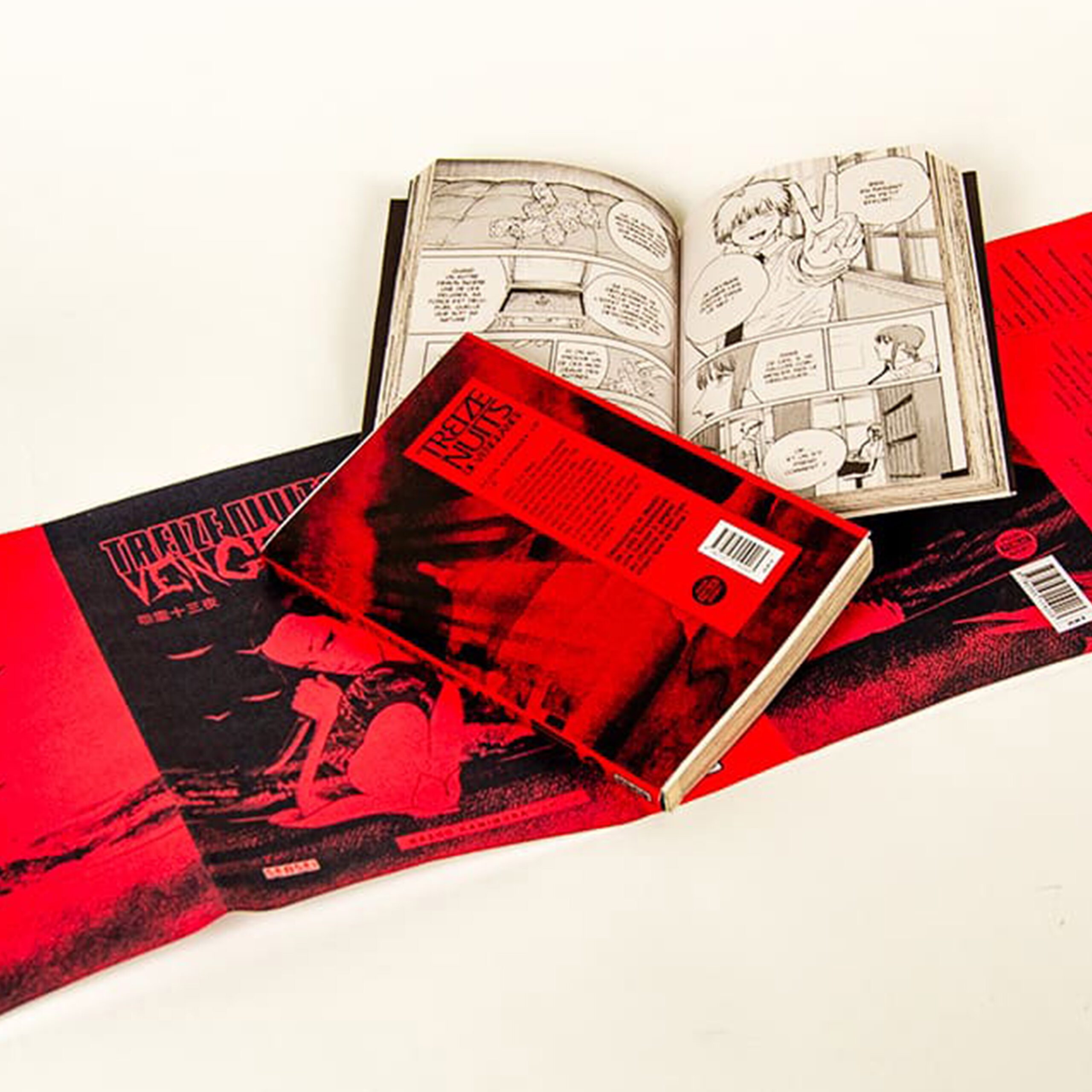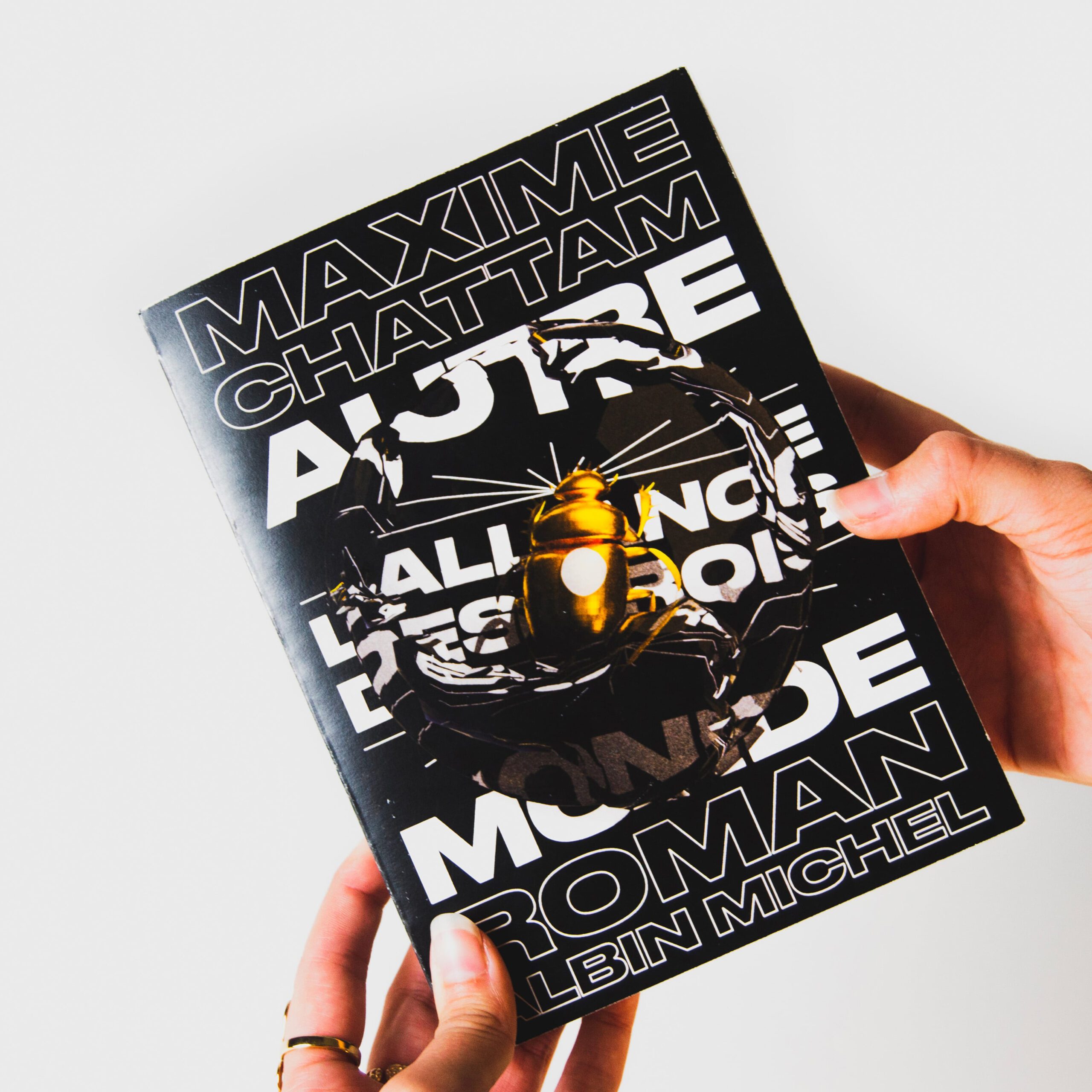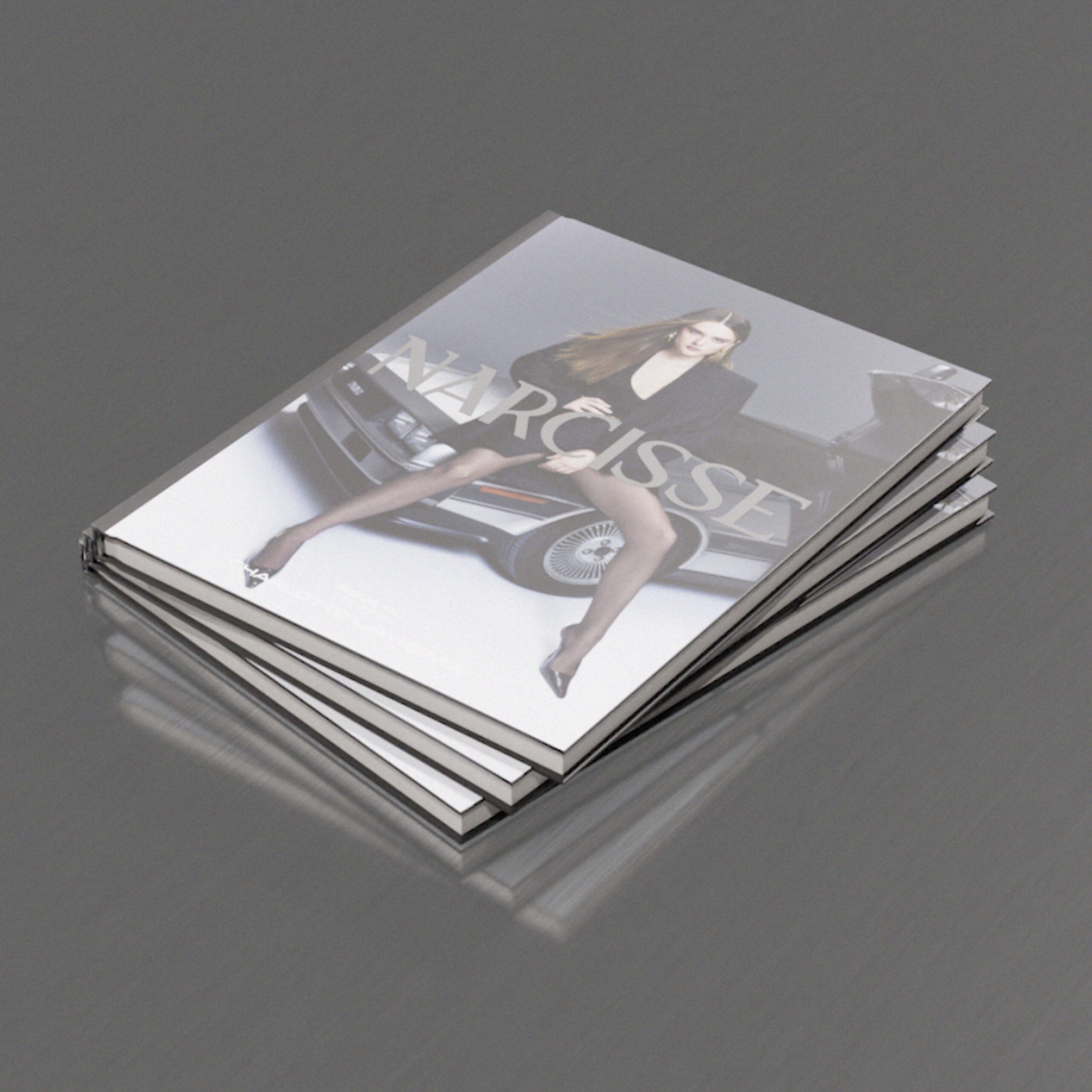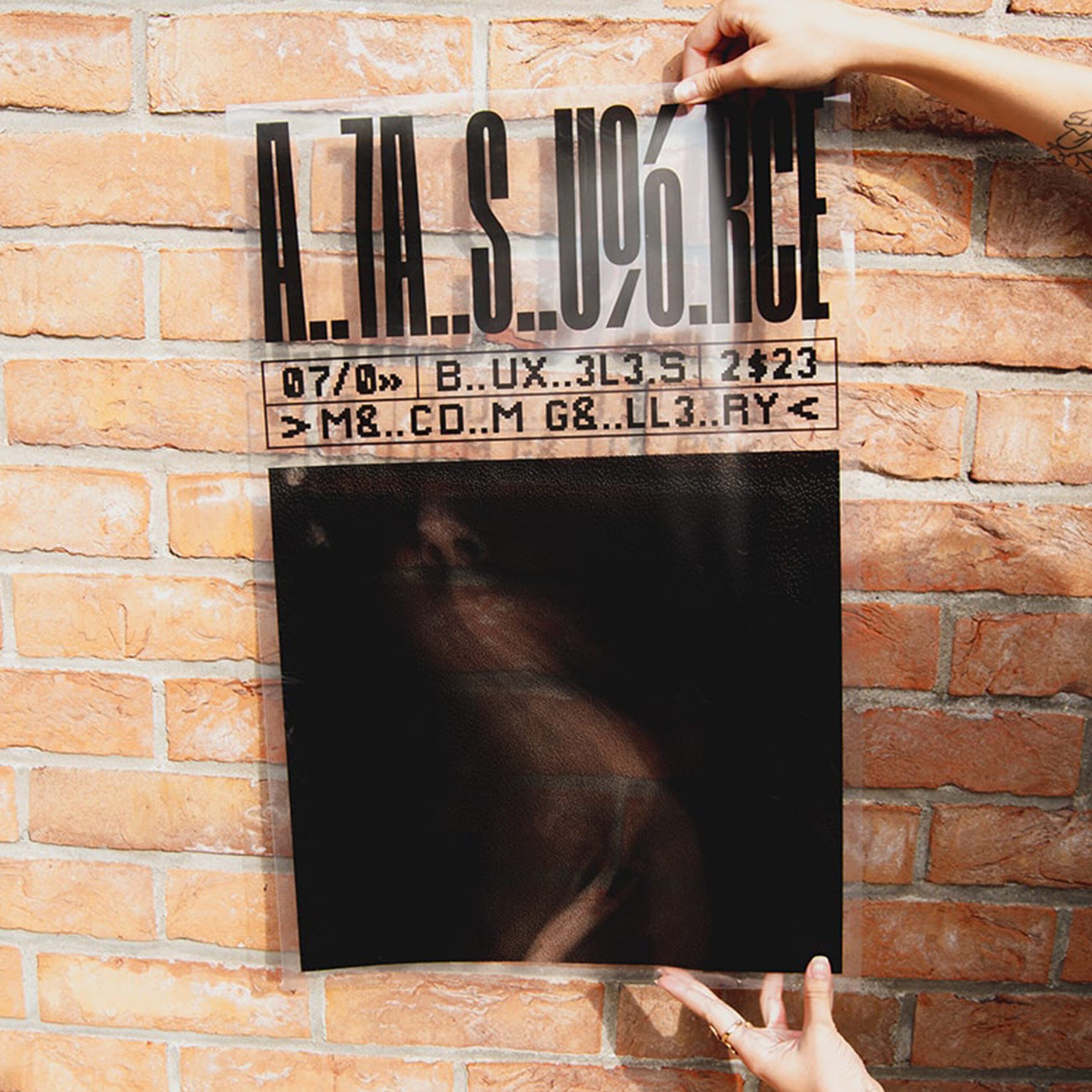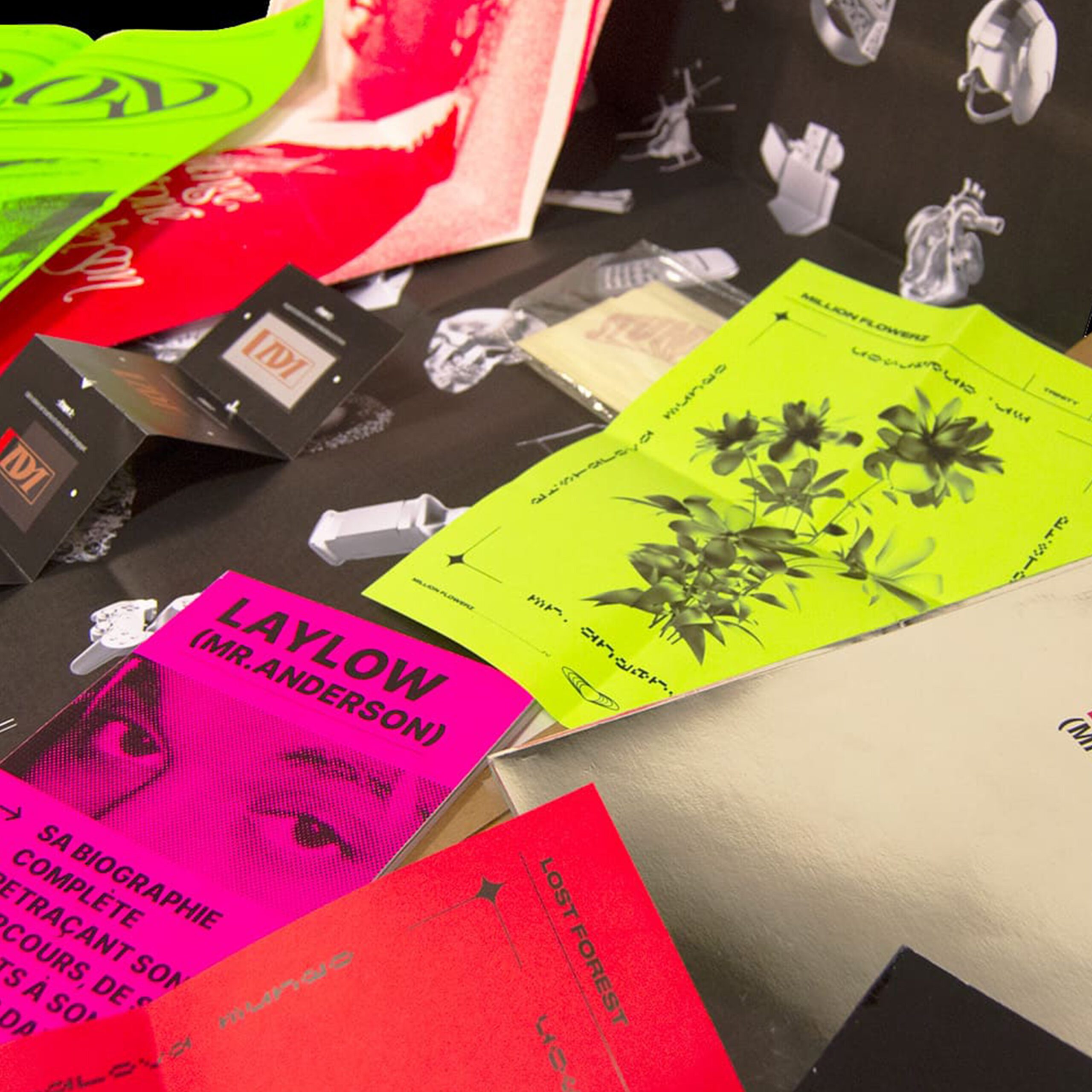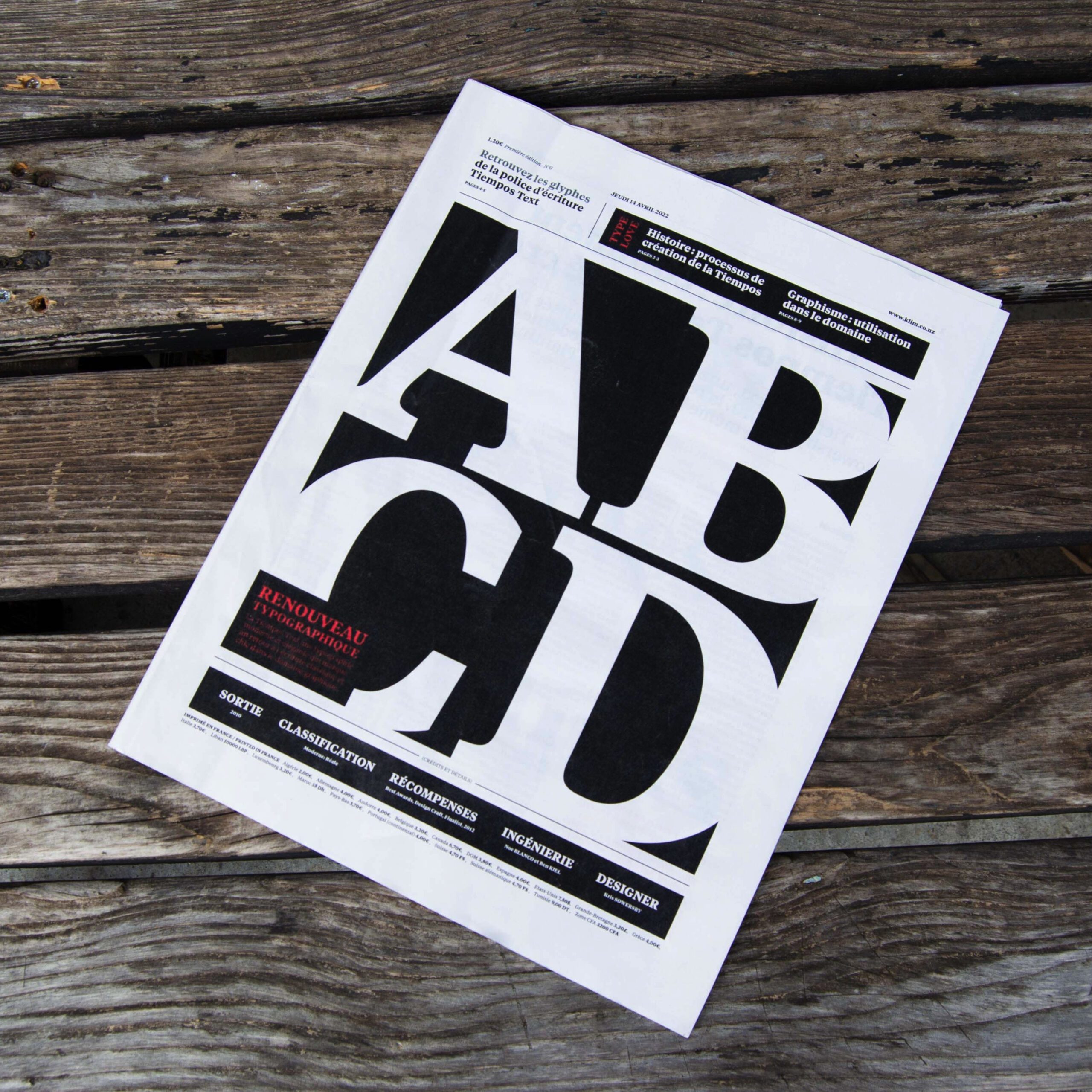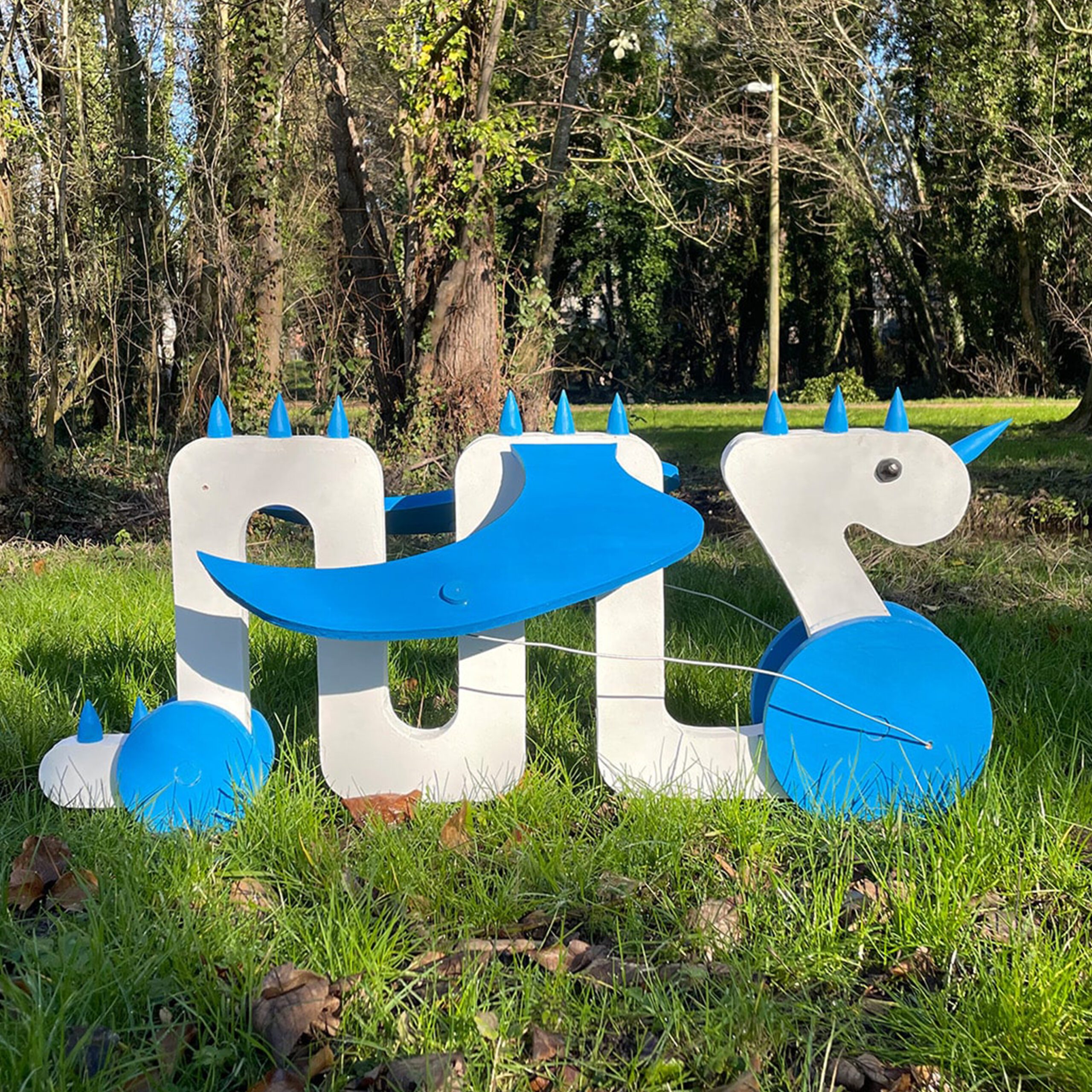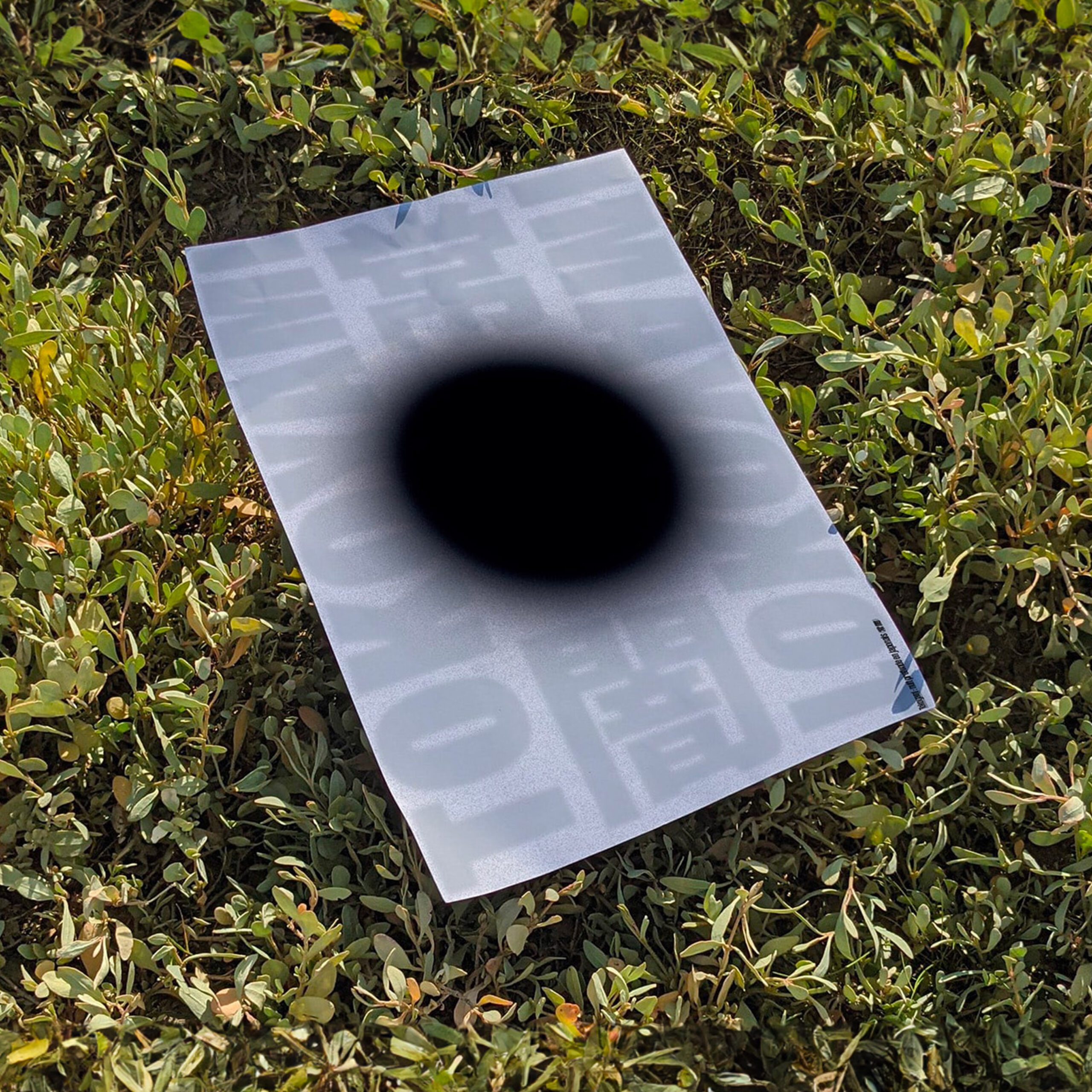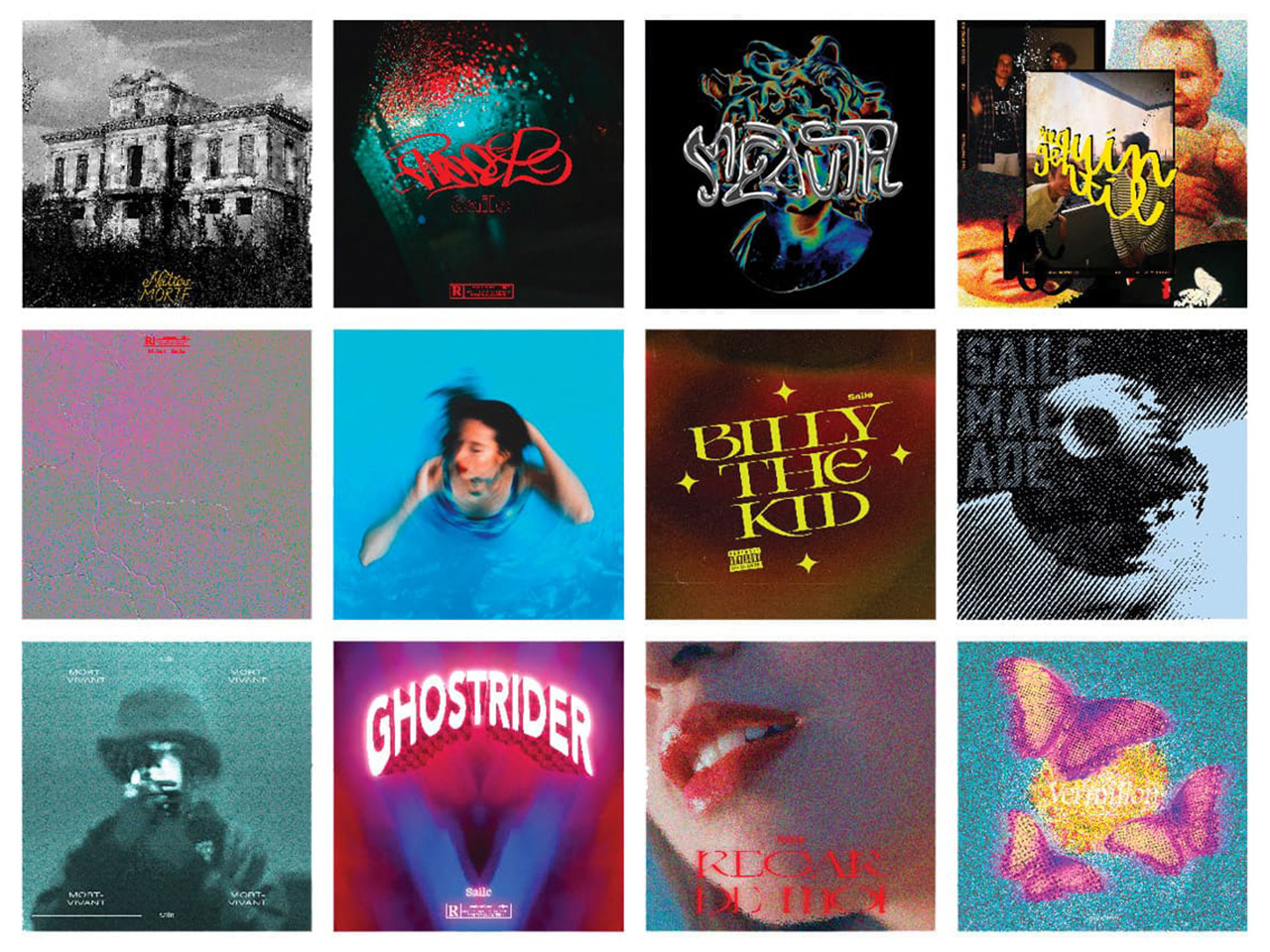ALEX VILLAIN
—
HEAR
(STRASBOURG)
—
DNSEP
(GRAPHIC LANGUAGES)
—
ALEX VILLAIN
—
HEAR
(STRASBOURG)
—
DNSEP
(GRAPHIC LANGUAGES)
—
ALEX VILLAIN
—
HEAR
(STRASBOURG)
—
DNSEP
(GRAPHIC LANGUAGES)
—
ALEX VILLAIN
—
HEAR
(STRASBOURG)
—
DNSEP
(GRAPHIC LANGUAGES)
—
ALEX VILLAIN
—
HEAR
(STRASBOURG)
—
DNSEP
(GRAPHIC LANGUAGES)
—
ALEX VILLAIN
—
HEAR
(STRASBOURG)
—
DNSEP
(GRAPHIC LANGUAGES)
—
ALEX VILLAIN
—
HEAR
(STRASBOURG)
—
DNSEP
(GRAPHIC LANGUAGES)
—
ALEX VILLAIN
—
HEAR
(STRASBOURG)
—
DNSEP
(GRAPHIC LANGUAGES)
—
ALEX VILLAIN
—
HEAR
(STRASBOURG)
—
DNSEP
(GRAPHIC LANGUAGES)
—
ALEX VILLAIN
—
HEAR
(STRASBOURG)
—
DNSEP
(GRAPHIC LANGUAGES)
—
ALEX VILLAIN
—
HEAR
(STRASBOURG)
—
DNSEP
(GRAPHIC LANGUAGES)
—
ALEX VILLAIN
—
HEAR
(STRASBOURG)
—
DNSEP
(GRAPHIC LANGUAGES)
—
